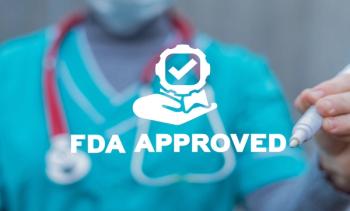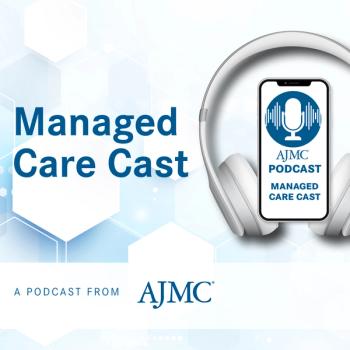
Payments Are Increasingly Tied to Value, but More Risk-Based Models Needed
Approximately one-third of all US healthcare payments in 2017 were tied to alternative payment models, with the remaining still tied to fee for service. The findings of the Health Care Payment Learning and Action Network report highlighted that even as payments move to value-based models, more spending in models with risk is needed.
Approximately one-third (34%) of all US healthcare payments in 2017 were tied to alternative payment models (APMs),
LAN has identified 4 categories representing healthcare spending:
- Category 1: FFS with no link to quality and value
- Category 2: FFS with a link to quality and value, such as foundational payments for infrastructure and operations, pay for reporting, and pay for performance
- Category 3: APMs built on FFS, such as APMs with shared savings only and APMs with both shared savings and downside risk
- Category 4: population-based payment, such as condition-specific population-based payment, comprehensive population-based payment, and integrated finance and delivery systems
Over the past 2 years, there has been a 17% increase in adoption of category 3 and 4 APMs, which are LAN’s primary focus. Total APM spending in the United States reached $385.5 billion in 2017. However, of the spending tied to categories 3 and 4, the majority was in payment models with shared savings only and no downside risk. The report pointed to the Medicare Shared Savings Program as an example, where 82% of participating accountable care organizations were in Track 1, which has no downside risk.
“Our healthcare spending is growing faster than our overall economy and by 2026, 1 in 5 dollars spent in the United States will be spent on healthcare,” CMS Administrator Seema Verma
Compared with the prior 2 years, payments made through category 1, which have no link to quality, have decreased by 34%. Payments made through category 2, which are FFS payments with a link to quality, also decreased, although by only 2 percentage points.
LAN also looked into APM activity by lines of business: commercial, Medicaid, Medicare Advantage (MA), and Medicare FFS. In 2017, Medicaid had the most spending in category 1 (67.8%), Medicare FFS had the most in category 2 (51.2%), and MA had the most in categories 3 and 4 (39.2% and 10.3%, respectively). More than half (56.5%) of healthcare spending in the commercial market was in category 1.
The report also included semi-qualitative informational questions to understand payer perspectives. The majority (90%) of payers said they believe APM activity will increase, and nearly half (48%) predicted that the subcategory with FFS shared risk, procedure-based bundled/episode payments, and population-based payments that are not condition-specific will be the most impacted.
“The report’s findings reinforce our understanding that there is sustained, positive momentum in the effort to shift healthcare payments from traditional fee-for-service into value-based payments,” said Mark McClellan, MD, PhD, co-chair of the LAN Guiding Committee and director of the Robert J. Margolis Center for Health Policy. “While we celebrate the increase in overall APM adoption, we also know further progress on payment reform will be important to ensure healthcare dollars flow through models that have more risk.”
Newsletter
Stay ahead of policy, cost, and value—subscribe to AJMC for expert insights at the intersection of clinical care and health economics.















































